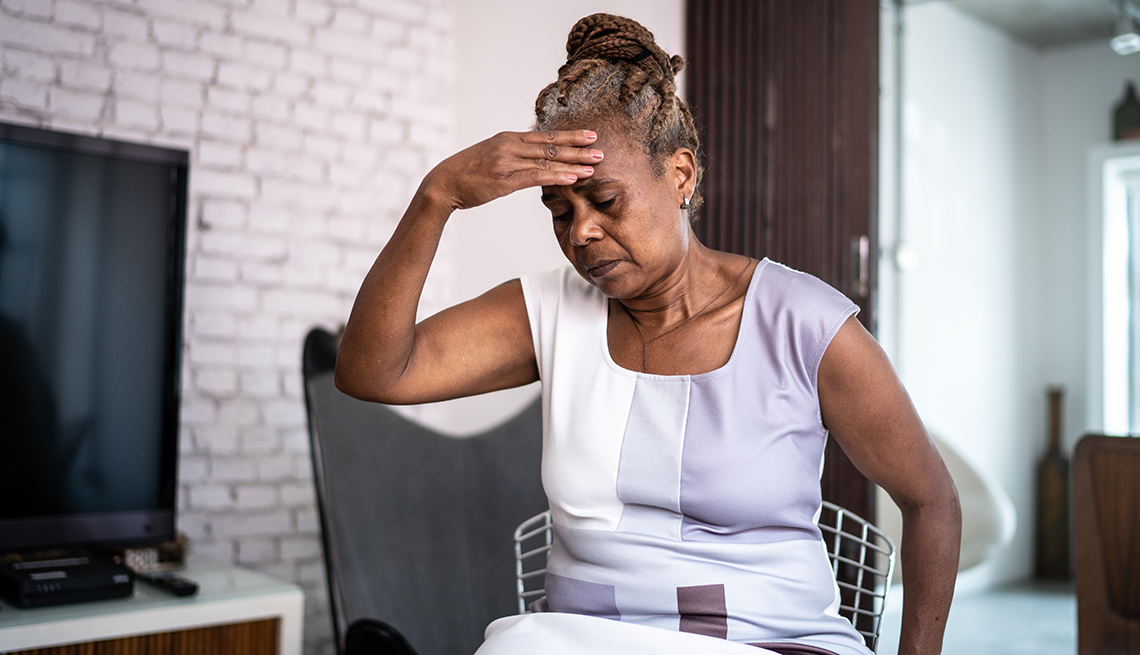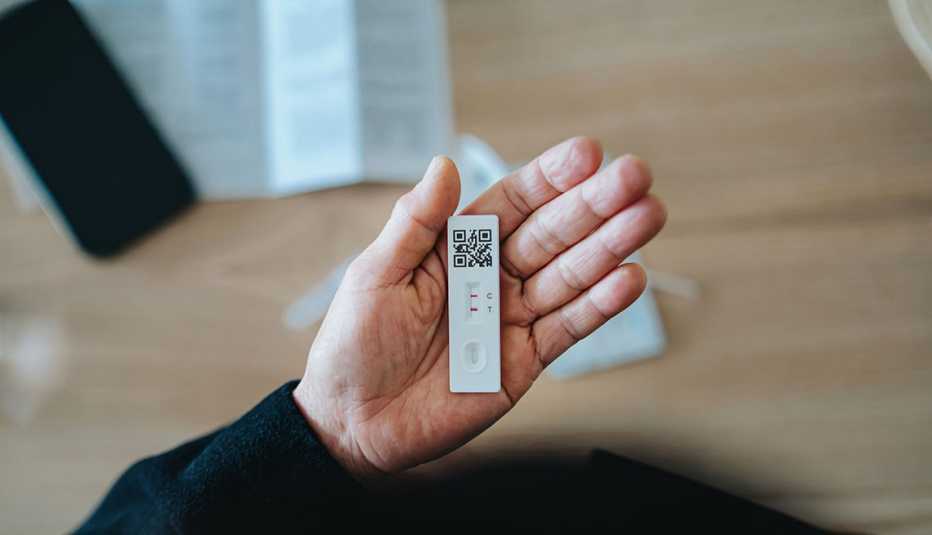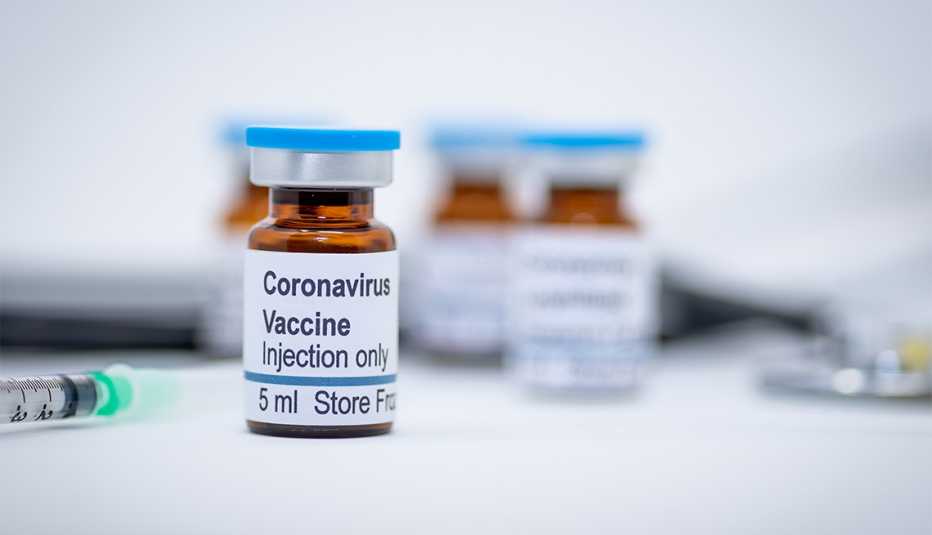Staying Fit
If, like most Americans, you’ve had COVID-19, you may have wondered how long was too long for your cough or fatigue to hang around. On the one hand, it’s not uncommon for symptoms of any illness to linger for a bit. Then again, reports of long COVID — a term used to describe new, returning or ongoing health problems after a bout of COVID-19 — are mounting.
A recent study from the Centers for Disease Control and Prevention (CDC) found that as many as 1 in 5 adults under the age of 65 who had COVID-19 experienced symptoms that could be considered long COVID. The phenomenon is even more common in older adults: 1 in 4 individuals 65 and older developed at least one health condition that may be attributable to a previous coronavirus infection. And research published in the journal The BMJ found that about 32 percent of older adults who survived COVID-19 sought medical attention in the months that followed their infection for new or persistent symptoms.


AARP Membership— $12 for your first year when you sign up for Automatic Renewal
Get instant access to members-only products and hundreds of discounts, a free second membership, and a subscription to AARP the Magazine.
Altogether, it’s estimated that long COVID has affected as many as 23 million Americans, according to a March report from the U.S. Government Accountability Office.
As of now, there isn’t a single drug or therapy to treat or cure long COVID, but experts say with rehabilitation and a little time, many patients get better, which is why it’s important to pursue care if you suspect you’re suffering from the condition. Here’s what to look out for and when to seek help.
1. Keep an eye out for symptoms that need immediate medical attention.
If symptoms like exhaustion or brain fog — and there are many others that fit into the definition of long COVID — continue or crop up after a COVID-19 infection, you’ll want to get them checked out. “Any sort of new symptoms that occur should be evaluated and not just brushed under the carpet,” says Michael Risbano, M.D., assistant professor of medicine and codirector of the Post-COVID Recovery Clinic at the University of Pittsburgh Medical Center.
But depending on the severity of your symptoms — and that’s important — you may want to wait a few weeks before scheduling an appointment with your doctor. Or at least know that your doctor may not consider long COVID as a diagnosis until several weeks have passed since you first tested positive for the virus.
The reason? It can take the body some time to fully shake an infection, which is why the CDC defines long COVID as symptoms that persist at least four weeks after infection. Some experts say it could take six weeks or more to fully recover from an illness like COVID-19, even if your case was mild or asymptomatic.
“That [timeline] is definitely going to vary among individuals,” says Fidaa Shaib, M.D., an associate professor in pulmonary, critical care and sleep medicine at Baylor College of Medicine in Houston. “But illness [still] going, or symptoms persisting, or new symptoms evolving after a six-week period is something where people might start thinking, ‘Okay, am I developing a long-term problem?’ ”





































































